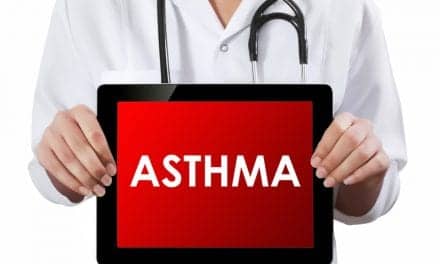A new study has revised the cost burden sharply upward for childhood asthma. The total cost of asthma due to pollution is much higher than past traditional risk assessments have indicated, say the study’s authors, who also included the number of cases attributable to pollution in the study for the first time due to growing evidence that exposure to traffic-related air pollution is a cause of asthma and a trigger for attacks.
The study appears in the online version of the European Respiratory Journal.
The study looked at communities in Long Beach and Riverside, Calif—communities with high regional air pollution levels and large roads near residential neighborhoods.
The researchers report that total additional asthma-specific costs there due to traffic-related pollution is about $18 million per year, almost half of which is due to new asthma cases caused by pollution.
Using updated techniques that count asthma cases attributable to air pollution for the first time and including a broader range of health care costs such as parents’ missed work days, extra doctor visits, travel time, and prescriptions, the researchers found that a single episode of bronchitic symptoms cost an average of $972 in Riverside and $915 in Long Beach. Bronchitic symptoms—daily cough, congestion or phlegm, or bronchitis for 3 months in a row—are a critical outcome for children with asthma.
The total annual cost for a typical asthma case was $3,819 in Long Beach and $4,063 in Riverside, the largest share of the cost of an asthma case being the indirect cost of asthma-related school absences, according to the researchers. School absences are an important economic consequence, they add, because “they often lead to parents or caregivers missing work."
The study’s authors point out that people who live in cities with high traffic-related air pollution, like Long Beach and Riverside, bear a higher burden of these costs than those in less polluted areas. They add that the total estimate between $3,800 and $4,000 represents 7% of median household income in these two communities, a troublesome statistic because that is higher than the 5% considered to be a bearable or sustainable level of health care costs for a family.
For this study, the researchers analyzed several surveys on health care visits by children with asthma and their previous estimates of the number of asthma cases attributable to pollution to estimate the annual costs of childhood asthma. They also estimated the cost of asthma exacerbation due to regional air pollutants. The researchers feel the new method does a better job of accounting for the full impact of traffic-related pollution and will be widely applicable in urban areas.
Sylvia Brandt, PhD, lead author of the study and resource economist at the University of Massachusetts at Amherst, adds, "Traditional risk assessment methods for air pollution have underestimated both the overall burden of asthma and the cost of the disease associated with air pollution. Our findings suggest the cost has been substantially underestimated and steps must be taken to reduce the burden of traffic-related pollution."
Source: University of Massachusetts at Amherst








